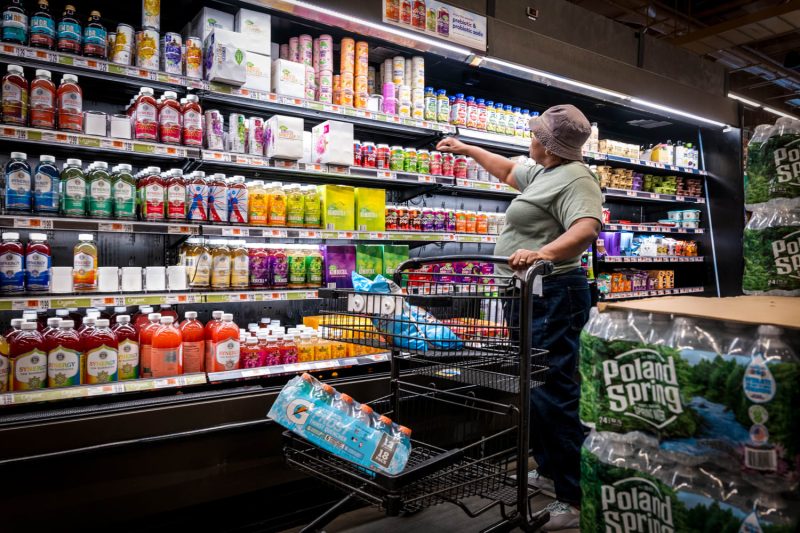Following surges in supermarket pricing triggered by the COVID-19 pandemic economic aftershocks, things may finally have begun to balance out. However, the residual impact still lingers in the consumer market, as shoppers globally continue to adjust to the price alterations.
Predominantly, the increase in grocery pricing was precipitated by supply chain disruptions caused by the global health crisis. Manufacturers faced barriers in production and distribution channels, and these hurdles resulted in cost increases that were ultimately passed down to consumers. Today, as manufacturing and distribution sectors have relatively settled, the price surge is no longer at its peak.
Nevertheless, the shopping public continues to adapt to this reality. The reason is because, although the severe spikes in cost may have plateaued, prices remain significantly higher than they were before the pandemic.
One significant facet of this adaptation has been a shift in purchasing habits, including what and how items are bought. Many have prioritized buying in bulk to benefit from lower per-unit prices. This strategic move has been possible in locations where bulk goods are available, such as in big box stores, but less so for those relying on smaller grocery stores.
Additionally, many consumers have altered their diets, favoring more affordable food items. There’s been a particular rise in the consumption of plant-based foods, which are often cheaper than meat and dairy products. Furthermore, households have also started growing their own vegetables or raising chickens to offset grocery spending, marking a notable return to self-sufficiency.
Throughout the height of the price surge, online grocery shopping also grew in prominence due to health and safety measures in place at physical stores. Even as these measures wind down, the habits established during this period look set to persist. Online shopping allows consumers to compare prices from different retailers easily, enabling them to find the best possible prices for their groceries. Moreover, digital platforms also offer numerous discount codes, deals, and online-exclusive price reductions to incentivize consumers and mitigate the price hikes.
Another notable trend since the price increase is a growing preference for local produce. With freight costs contributing significantly to the retail prices of imported goods, consumers are embracing locally available produce. This is helping to stimulate local economies, and it offers consumers potentially lower-priced items, fresher food, and the satisfaction of knowing their spending is helping to support their communities.
In the world of grocery apps and loyalty card schemes, consumers are also becoming craftier about claiming rewards and benefits that can cut their grocery bills. Consumers have started to maximize their savings by capitalizing on features within these programs that offer discounts, or the opportunity to earn points, when purchasing specific items.
While it’s clear that there has been a global shift in purchasing habits, it remains to be seen how long-term these changes will be. It appears, at least for now, shoppers have become wiser, more pragmatic and more adept at navigating the simultaneously unpredictable yet routine task of grocery shopping. As for grocers, they must also adapt. Their survival depends on it. The impacts of the surging grocery prices continue to shape the buying habits of consumers, and retailers must keep pace if they want to maintain a slice of the market in this new grocery buying landscape.
In this sense, both consumers and retailers are learning from past market patterns and adjusting to new normals in the economy. This constant learning and adaptation serve a pertinent reminder that in retail, as in life, change is the only constant.




